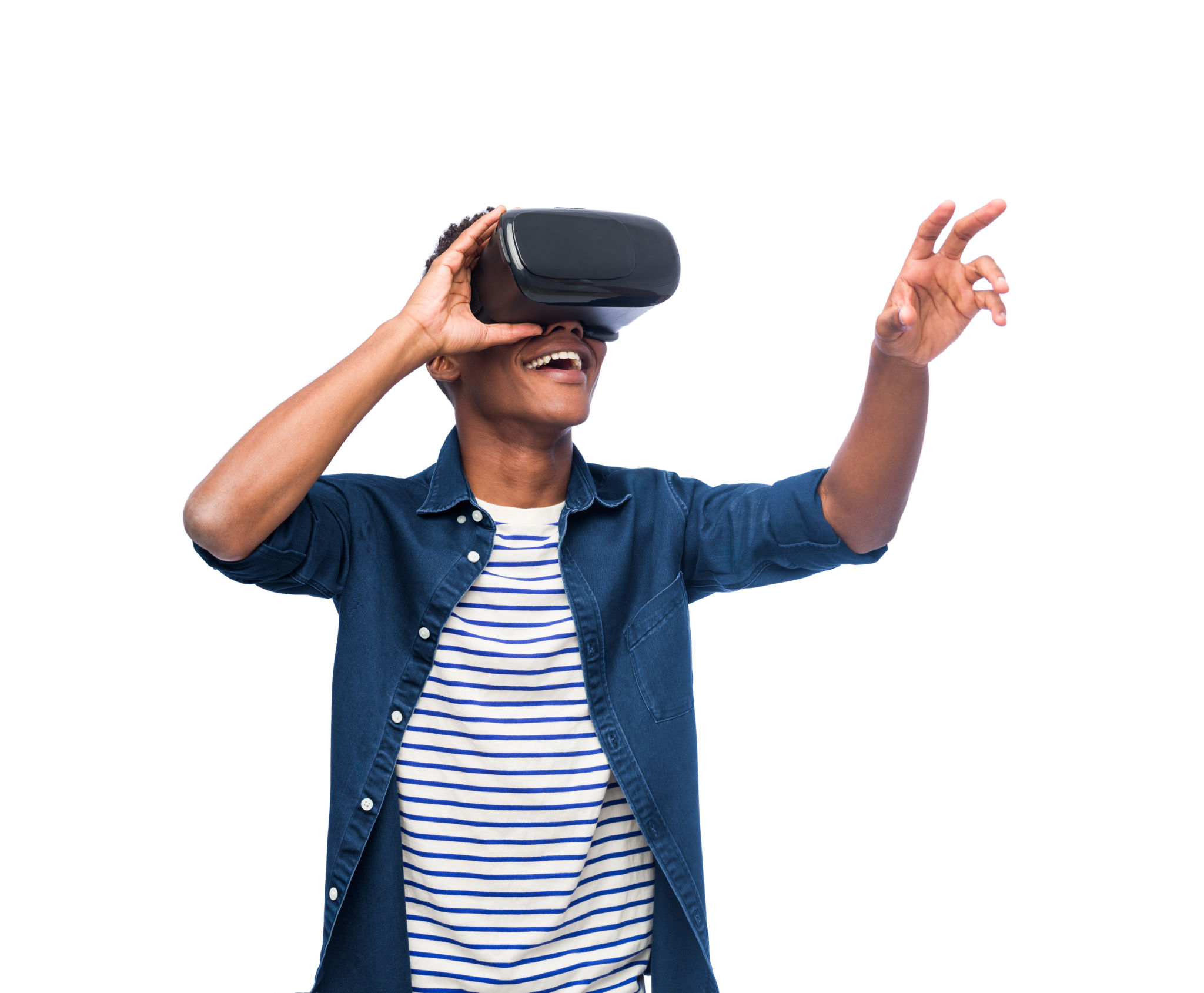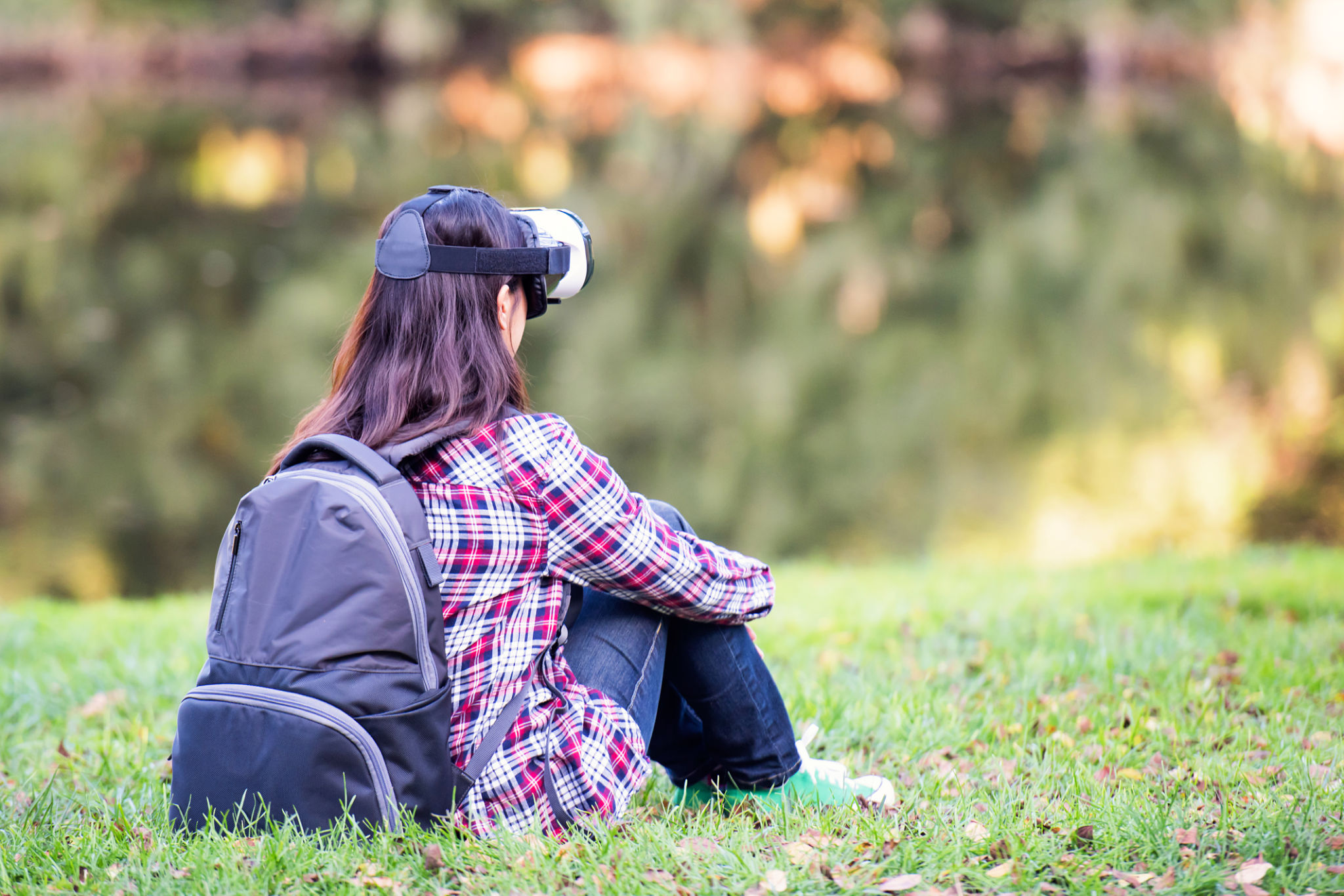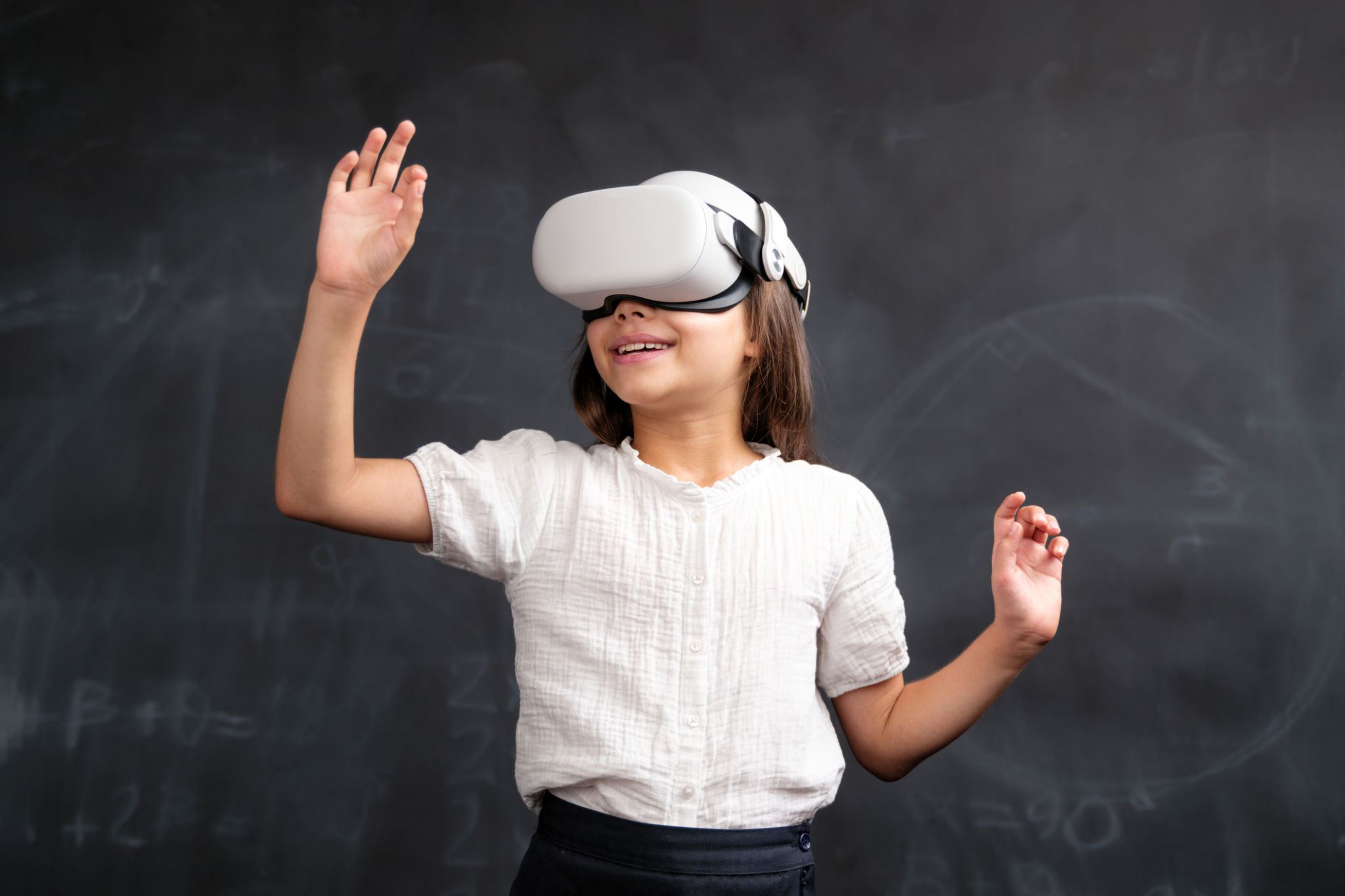Virtual Reality in Education: Transforming Learning Experiences
Introduction to Virtual Reality in Education
Virtual Reality (VR) is revolutionizing the educational landscape, offering immersive and interactive experiences that were once unimaginable. By integrating VR into the classroom, educators can create dynamic learning environments that engage students in new and exciting ways. This technology has the potential to transform traditional teaching methods and enhance the overall educational experience.
As VR becomes more accessible, schools and universities are exploring its potential to foster a more engaging and effective learning process. This innovation is not only reshaping how subjects are taught but also how students interact with the material, opening up a world of possibilities for both educators and learners.

Enhancing Engagement and Retention
One of the most significant benefits of VR in education is its ability to enhance student engagement. Traditional teaching methods often struggle to keep students interested, especially in subjects that may seem abstract or challenging. By offering a hands-on, immersive experience, VR captures students' attention and helps them better understand complex concepts.
Studies have shown that learning through VR can increase retention rates. When students are actively involved in their learning process, they are more likely to remember the information. VR allows students to visualize and interact with the material, making it easier for them to grasp difficult topics and retain knowledge over time.

Expanding Access to Learning Opportunities
VR has the potential to democratize education by providing access to learning opportunities that may be unavailable in certain regions or schools. Through virtual field trips, students can explore historical sites, visit museums, or even travel to outer space—all from the comfort of their classroom. This exposure broadens their horizons and enriches their educational experience.
Additionally, VR can bridge the gap for students with disabilities or those who require special accommodations. By creating customizable learning environments, VR ensures that all students have equal access to educational resources, fostering an inclusive classroom environment.

Facilitating Skill Development and Creativity
Beyond traditional subjects, VR is also a powerful tool for developing practical skills and encouraging creativity. For example, medical students can practice surgical procedures in a risk-free environment, while engineering students can experiment with building structures without the constraints of physical materials.
Furthermore, VR inspires creativity by allowing students to create their own virtual worlds and simulations. This capability not only enhances their problem-solving skills but also encourages innovative thinking, preparing them for future challenges in a rapidly evolving world.
Challenges and Considerations
While the benefits of VR in education are significant, there are also challenges to consider. The cost of implementing VR technology can be prohibitive for some schools, and there may be a learning curve for both educators and students as they adapt to this new mode of instruction.
Additionally, it is essential to ensure that VR content is aligned with educational standards and objectives. Educators must carefully select and curate experiences that complement their curriculum and support learning goals.

The Future of VR in Education
The future of VR in education looks promising as technology continues to advance and become more widely adopted. As more schools invest in VR infrastructure, we can expect to see even more innovative applications of this technology in the classroom.
Ultimately, VR has the potential to transform education by making learning more interactive, accessible, and effective. As educators continue to explore and embrace this technology, the possibilities for enhancing student learning experiences are limitless.
